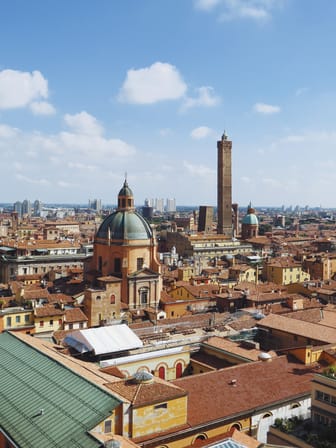Scalinata del Pincio
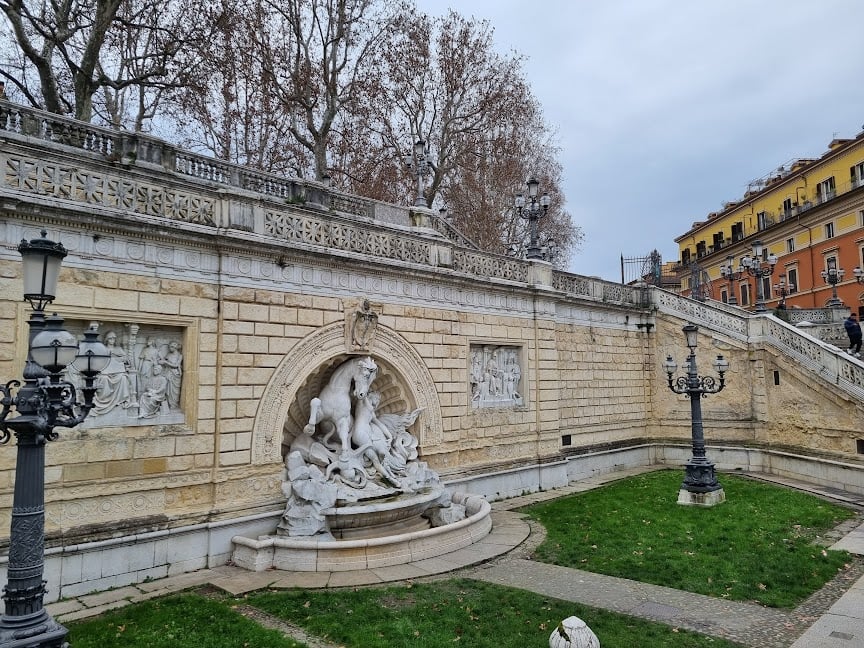
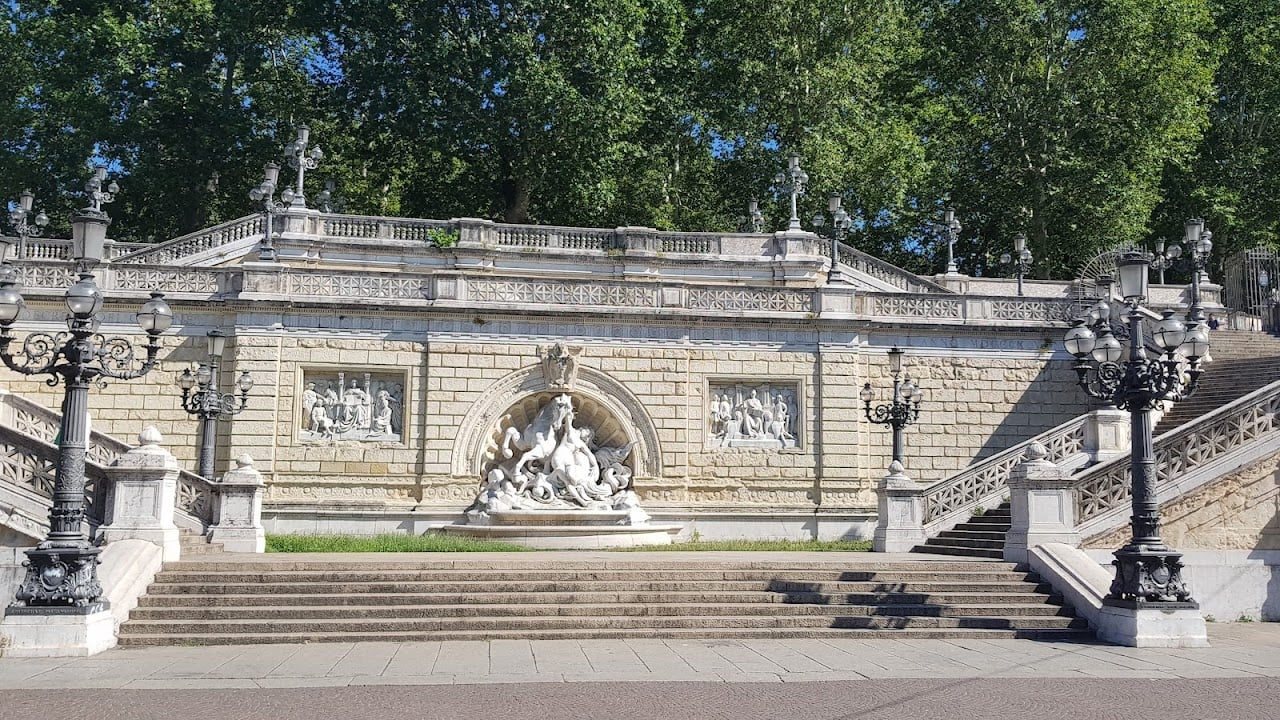
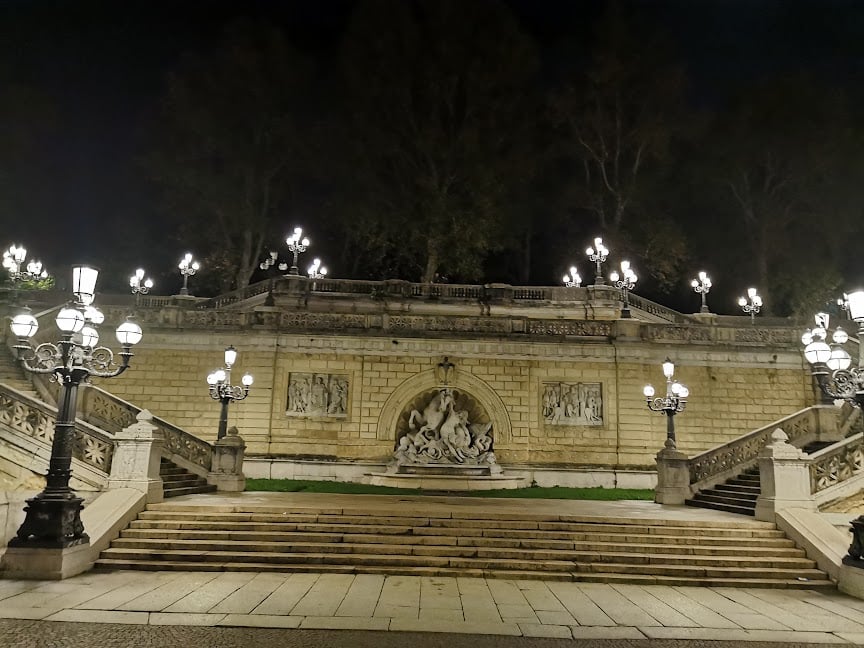
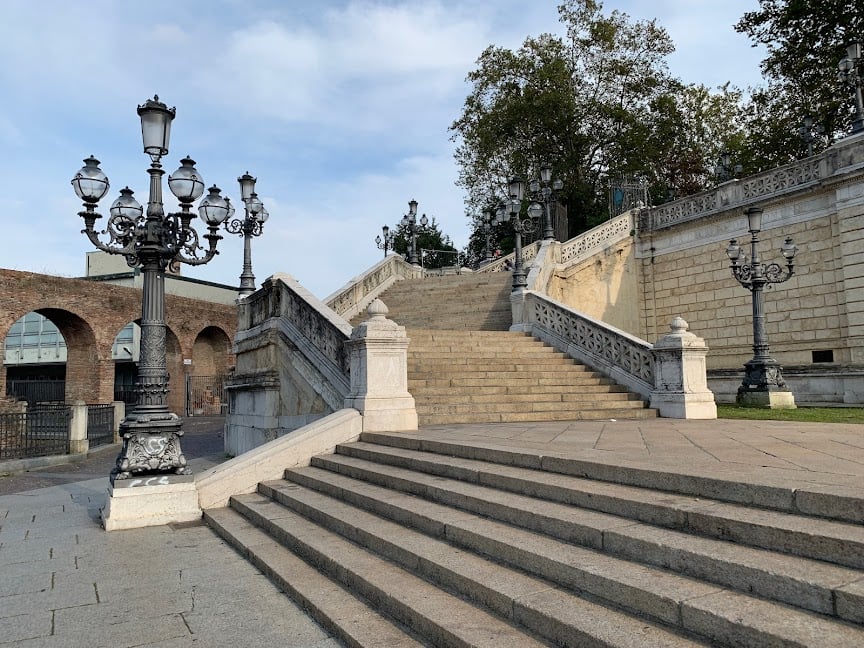
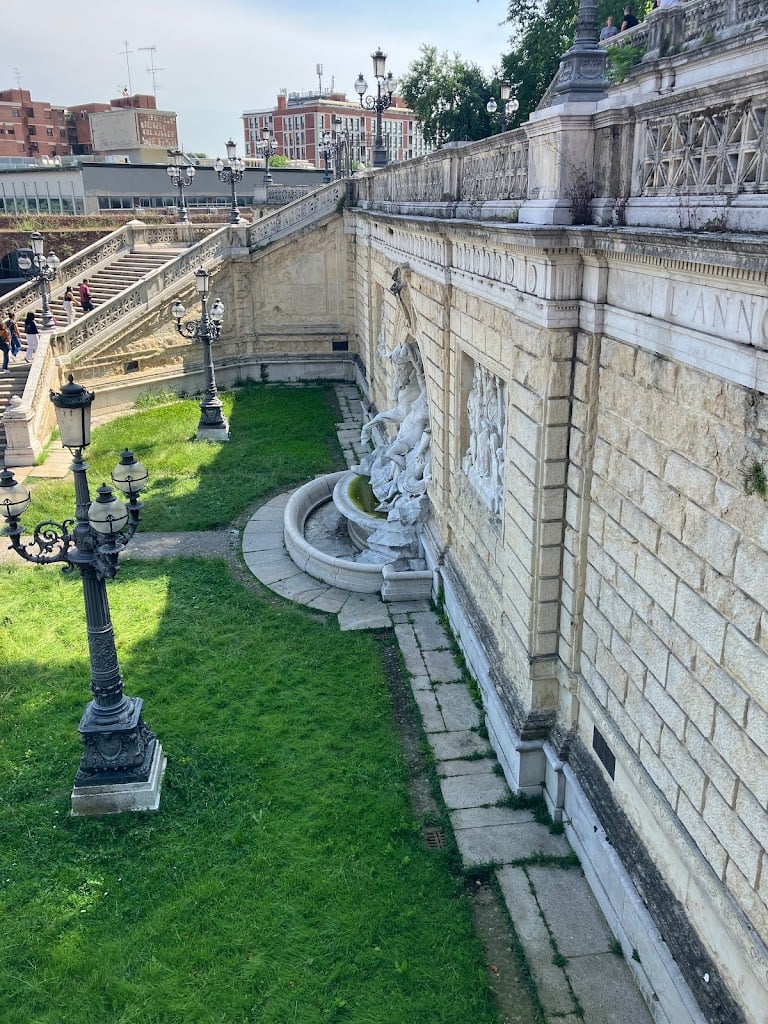
Ask ThatchGPT
Suggest a local expert to plan my trip
Suggest an unique itinerary for my Italy trip
What foods do Italy locals eat
What are some true hidden gems in Italy
Help me brainstorm trip ideas for Italy
Help me plan a family-friendly trip to Italy
What people say
Pedro Pereira
Available for hire
"On 28 June 1896, King Umberto I and Queen Margherita inaugurated, in the presence of an unstoppable crowd, the scenic staircase leading to the Montagnola, designed by Tito Azzolini (1837-1907) and Attilio Muggia (1850-1936). From 1870, as in Bologna, public parks were built in other Italian cities that recall the Roman Pincio in their name, to celebrate the reunion of Rome with Italy.
Begun in 1893 at the instigation of Mayor Dallolio, the works continued for three years without interruption, employing an average of 100-150 workers per day. The excavated earth was used to fill the trenches of the city walls, between Porta Sant'Isaia and Porta Lame.
Overall, the work is made up of three parts: the staircases, the portico on Via Indipendenza and the portico along the walls. The central body is formed by two superimposed fronts, with a panoramic terrace at the top accessible by lateral staircases.
The main front is decorated with two bas-reliefs: Bologna docet by Arturo Colombarini and Bologna Libertas by Ettore Sabbioni. In the center there is a fountain, made by Diego Sarti (1859-1914) and Pietro Veronesi, designed by Muggia and Azzolini, representing a nymph attacked by an octopus. It will be commonly called "the wife of the Giant", that is, of Neptune, and Giosuè Carducci will dedicate a famous sonnet to her.
On the second front, which supports the garden, there are three other bas-reliefs, with historical themes linked to the place: The return from the victory of Fossalta by Pietro Veronesi, The expulsion of the Austrians by Tullo Golfarelli (1852-1928), with the "holy rascal" who "throws himself running against the rifles leveled by the invaders of the Fatherland" (Giovanni Pascoli), and The destruction of the Galliera fortress by Arturo Orsoni.
At the end of the passage on Via Galliera, the Palazzo Maccaferri, home of the café chantant Eden, will be built three years later. The staircase is equipped with 72 cast iron candelabras with six or four lamps. The steps are joined to the parapets by marble edges, which will often be used by the brats as slides (sblisgàn)."
Read more in:
Mentioned in these guides
About Scalinata del Pincio
Get the inside scoop on Scalinata del Pincio from local experts, travel creators, and tastemakers. Browse genuine trip notes, Scalinata del Pincio reviews, photos, travel guides, and itineraries from real travelers and plan your trip with confidence.
Save this spot for later or start mapping out a new trip today
Try our AI Travel Assistant and get instant answers to any questions about your trip.
Ask ThatchGPT
